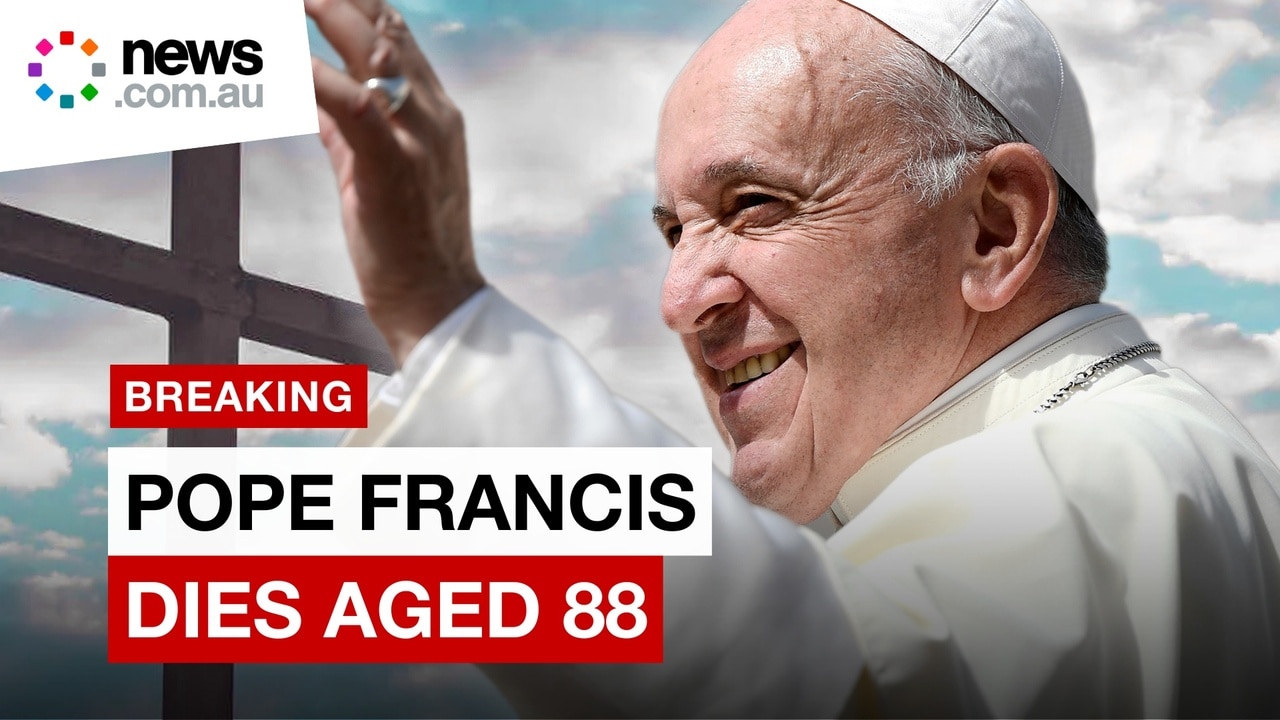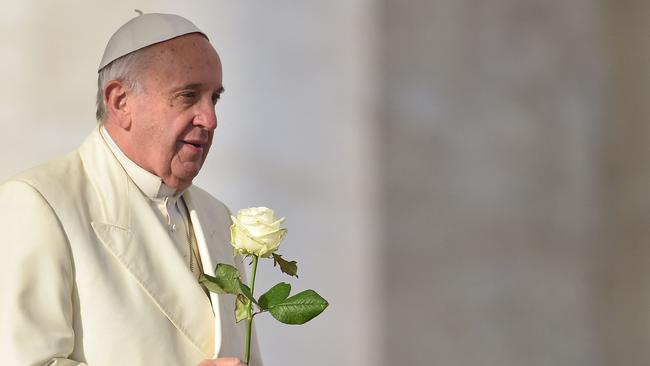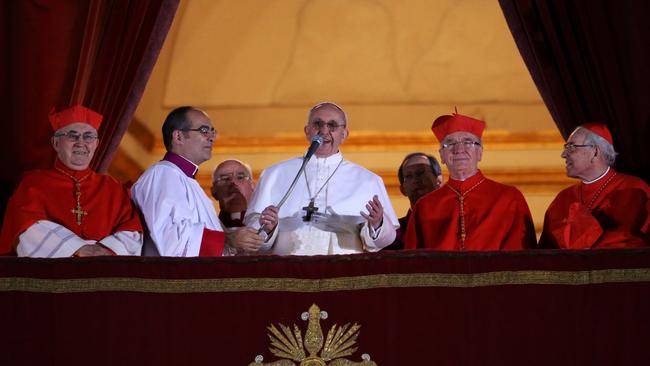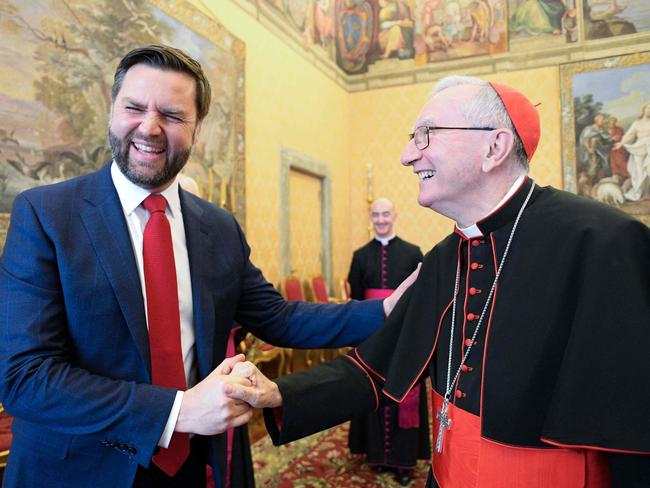How the Catholic Church will select the next pope
The Catholic Church will embark on the lengthy process of selecting its next leader, in the wake of Pope Francis’ death.

News
Don't miss out on the headlines from News. Followed categories will be added to My News.
The Catholic Church will embark on the lengthy process of selecting its new head, in the wake of Pope Francis’ death following his battle with double pneumonia.
In a statement on its Telegram channel on Monday night AEDT, the Vatican’s Cardinal Kevin Farrell announced that the 88-year-old “Bishop of Rome, Francis, returned to the home of the Father” at 7.35am local time.
“Dearest brothers and sisters, it is with deep sorrow that I must announce the death of our Holy Father Francis,” Cardinal Farrell said.
“His entire life was dedicated to the service of the Lord and His church.”
Pope Francis died of a stroke, causing a coma and “irreversible” heart failure, according to his death certificate released by the Vatican on Monday.
His death will trigger nine days of mourning in Italy, with tradition dictating that his body will be blessed and dressed in papal vestments before it is exhibited in St Peter’s Basilica for public viewing. Hundreds of thousands of people, world leaders among them, will travel to the Vatican to pay their respects.


Now that Francis has died, the process to elect his successor – which was, somewhat serendipitously, depicted in this year’s Academy Award-winning film, Conclave – will begin.
His death must first be confirmed by the Chamberlain of the Catholic Church, Cardinal Farrell, in the presence of the Papal Master of Ceremonies and other officials, according to The Sun.
Cardinal Farrell then informs the cardinal vicar for Rome, who passes the news onto the city and the world. Both of these things have already occurred.
After nine days of mourning, during which time Francis is buried, the task of choosing a new leader arises.
All 252 cardinals will be summoned to Rome from around the world for the Papal election, called, as mentioned, Conclave.
The new Pope is decided by a vote, which can be participated in by up to 115 cardinals. This number is whittled down by excluding any cardinals over the age of 80.
There are secret discussions between the cardinals about who would be a good successor.
Then voting begins in the Vatican’s Sistine Chapel – and continues until a consensus is reached.
However, if there is still no consensus after 12 days, a new Pope can be appointed with more than 50 per cent of the votes.
Locals are kept updated on the process by twice-daily plumes of smoke coming from the chapel.
Black smoke means the vote is still being deliberated, and when white smoke appears, it means a decision has been reached.

As for who, exactly, the next pope will be, a number of names are in the mix – chief among them Pietro Parolin, Francis’s second-in-command since his own election in 2013, and the current Cardinal Secretary of State.
The 70-year-old has worked diplomatically in Nigeria, Vietnam and Venezuela, and helped to establish relationships between the Vatican and both China and North Korea. If elected, Cardinal Parolin – who is considered a centrist candidate and therefore able to win over progressives and conservatives – could offer a more moderate version of Francis’s progressivism.

Cardinals Luis Tagle and Matteo Zuppi are also strong contenders – though both could be hindered by their progressive views on homosexuality and divorce, and abortion, surrogacy and same-sex parenthood, respectively.
Jerusalem-based Pierbattista Pizzaballa has gained international recognition and a humanitarian reputation, but given his efforts to broker peace between Israel and Palestine – including offering himself to Hamas in exchange for child hostages taken in its October 7, 2023 attack – may be seen as too political.
That he is only 59 could also work against him, because it suggests a long tenure.
Originally published as How the Catholic Church will select the next pope




